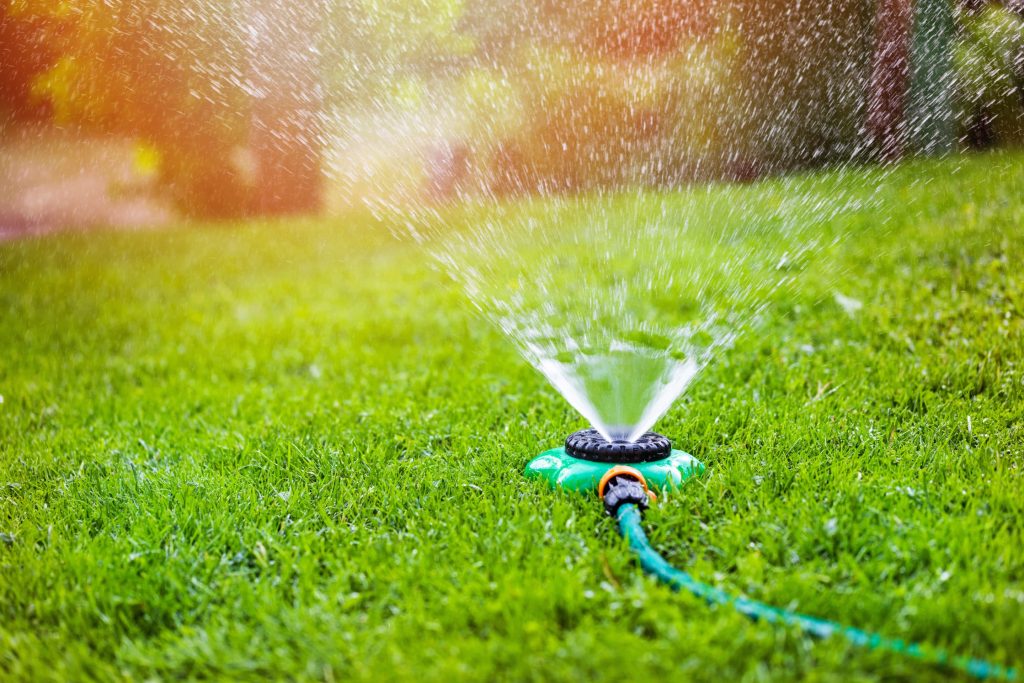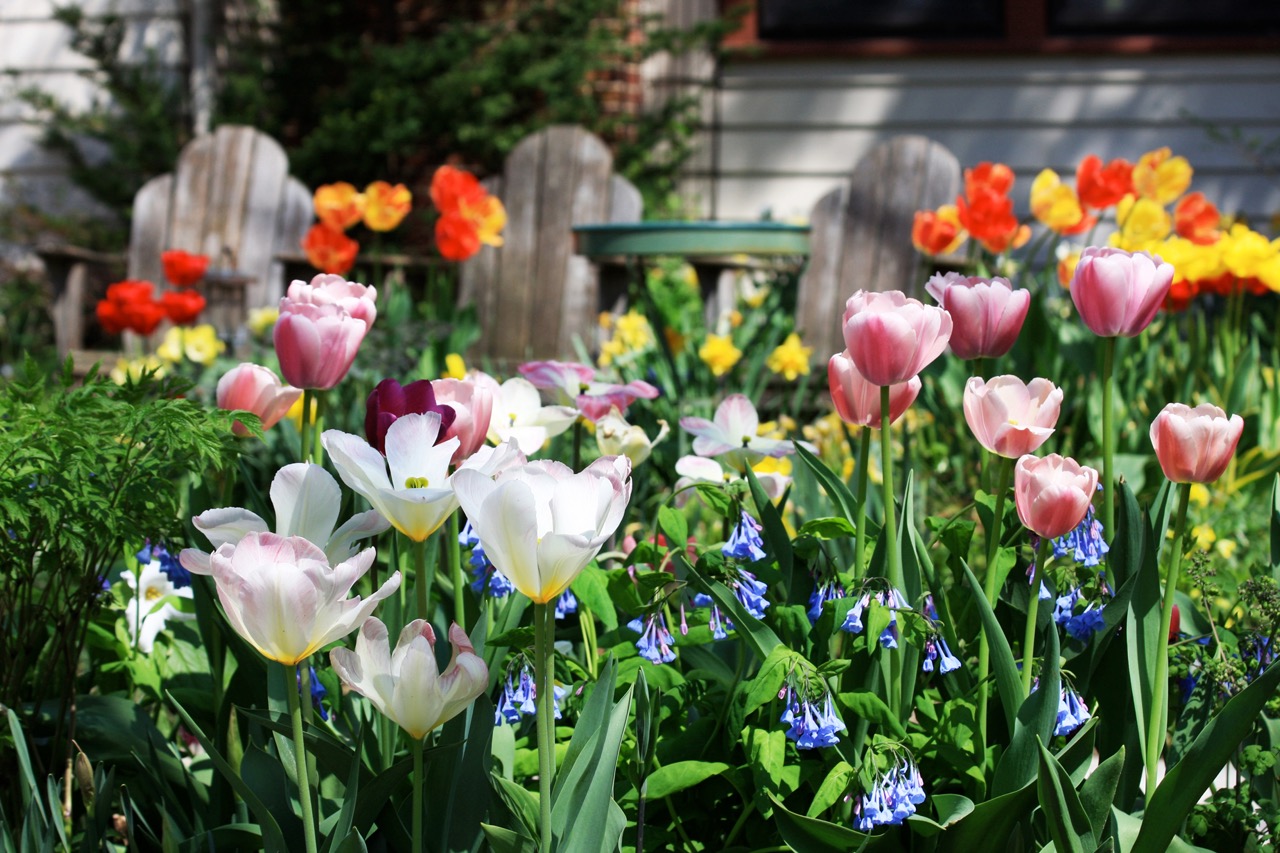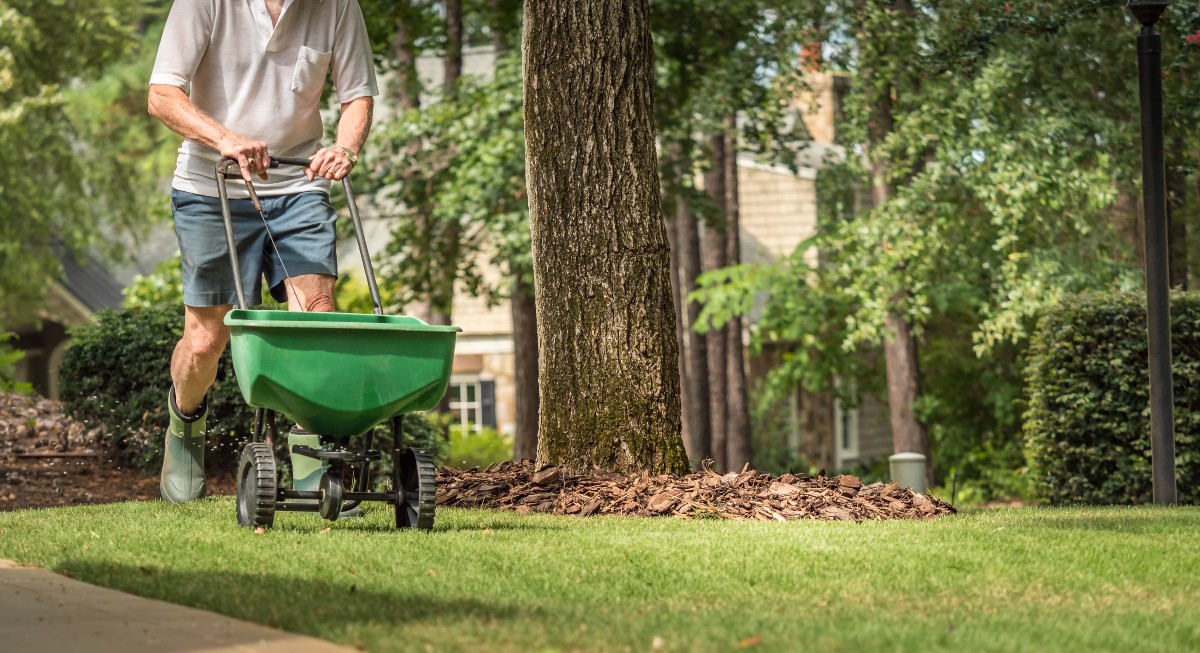There’s nothing like a lush, green healthy lawn. The look. The smell. The feel of the fresh grass on your bare feet. What’s not to love?
Unfortunately, getting your lawn to that perfect healthy state—and keeping it there—isn’t always especially easy during West Michigan summers.
No, it’s not exactly a desert here. We’re more known for mugginess than drought. But that doesn’t mean we won’t go through some hot, dry spells that can flat-out bake your lawn if you aren’t supplementing it with some water of your own.
But on the other hand, you don’t exactly want your underground sprinkling system going full blast during our third straight day of thunderstorms, either! Too much water can damage your lawn, too—not to mention you’d probably prefer not to waste water if you don’t have to, especially during a dry spell! Using your resources wisely is always a good call—for the environment and the pocketbook.
So what is the best way to water? Below are some of the most important things to consider.
What Type of Grass Do You Have?
Most lawns in West Michigan feature a mix of Kentucky bluegrass, creeping red (fine) fescue, and perennial ryegrass. These are all classified as cool-season grasses that do great in spring, fall, and even a good chunk of the summer.
But when temperatures start to reach and exceed the middle 80s or so, they start to get stressed and can go dormant in order to conserve what little water they have remaining. Giving your lawn a little extra water at these times can be especially critical to maintaining their health.
Bluegrass and ryegrass are particularly fickle, as they require a fair amount of sun and good soil drainage, but they also tolerate drought relatively poorly. (Fescues tend to do a little bit better with less water, as well as more shade.)
That said, unless you know you specifically have a type of grass different from the norm in West Michigan, the general advice in this blog should apply to your lawn.
Time of Day
In just about all cases, you’re going to get the best results if you water in the early morning—typically around the hours of 6 a.m. to 10 a.m. Why? A couple of reasons.
For starters, watering during the cooler summer mornings means that more of the water will reach the roots, and less will evaporate away. Then, as the sun comes out and the air heats up, the freshly watered grass stays cooler and slowly dries out over the course of the day.
If you only water during the peak high of the afternoon, chances are a lot of that water will evaporate right away and never really reach the root system of the lawn.
By contrast, if your soil stays waterlogged for too long, it invites fungal infection and other diseases. That’s why watering in the evening (and leaving your grass wet overnight) is the worst time to water.

How Much and How Often?
In general, a good rule for Michigan lawns is ensuring that the lawn gets a total of about 1 to 1.5 inches of water within that week (whether from the sky, your sprinkler, or a combination of the two.)
However, you may have to adjust the frequency depending on the type of soil you have. A really sandy soil that drains very quickly might need to be watered more often. By contrast, a hard clay soil is going to absorb water much more slowly—but will also take much longer to drain and dry out.
One other important consideration here—most healthy grass roots reach about six inches into the soil, so you want your soil to be wet that far down. One way you can test this is by taking a long screwdriver and seeing how deep you can push it into your lawn.
Keep an eye out as well for runoff or puddling. These are bad signs that you’re watering too much—or at least faster than the soil can absorb.
What Type of Sprinkler Should You Use?
Bar none, an in-ground irrigation system is going to be the best choice, provided it’s been properly installed and maintained. A good irrigation system ensures even coverage, low-angle and low-volume sprinkler heads that minimize evaporation, and other features that provide a high level of efficiency. Furthermore, because an irrigation system usually has a manufacturer-published flow rate, it’s relatively easy to calculate the amount of water your soil is getting per session.
If you don’t have an irrigation system, your best choice for an established lawn (i.e., one that has not been recently seeded or planted) is a pulsating sprinkler. Because it shoots water relatively horizontally at a high velocity, you’re likely to get more even coverage, and the water is less susceptible to wind and evaporation.
Oscillating sprinklers are really only optimal for young, recently planted lawns, since the high water pressure of pulsating sprinklers can wash away the seed.
Regardless of the system that you use, we highly recommend that you get a timer that can turn off your hose automatically. They are very cheap, and they ensure you don’t accidentally leave the sprinkler on way too long.
What About Rain?
As we said at the top of the blog, it makes little sense firing up your irrigation system in the middle of a heavy storm. But what if you get a little rain here, a little rain there? How should you adjust your watering schedule?
If you want to go fancy, you could get a smart sprinkler controller for your installed system. These amazing devices can use sensor data and weather forecasts (rainfall, temperature, etc.) to automatically adjust the amount of irrigation the system provides. If minimum effort and maximum convenience is your thing, why not go all the way?
That said, the low-tech option of a simple rain gauge is more than adequate for most gardeners. Even an empty tuna can (provided it’s firmly attached to the ground!) can work—they’re about 1.5 inches tall, so if the can is full your lawn probably has all the water it needs for the week!
What If I Don’t Water at All?
That’s really your call. Hot weather in Michigan most likely isn’t going to kill your lawn; just like in winter, your grass will simply go dormant to protect itself during extended dry spells. It just won’t be nearly as green and vibrant until it’s revived by future rainfall. You’ll have to decide how much that matters to you.
Still, under extreme drought conditions it is possible that your grass will lose enough moisture from the crown for patches to wither and die. A bare minimum of half an inch of water every second or third week will probably be sufficient to prevent the worst outcomes.

The Best Lawn Care Services in West Michigan
So how is your lawn looking?
If it’s time to reseed or resod, or you need help with regular lawn maintenance tasks like mowing, aeration, dethatching, or spring and fall cleanup, give Bosch’s Landscape a call. We love helping our clients maintain healthy, beautiful lawns all summer long!
To talk to us about your landscaping needs or to request a free estimate, give us a call at (616) 399-6861 today.




